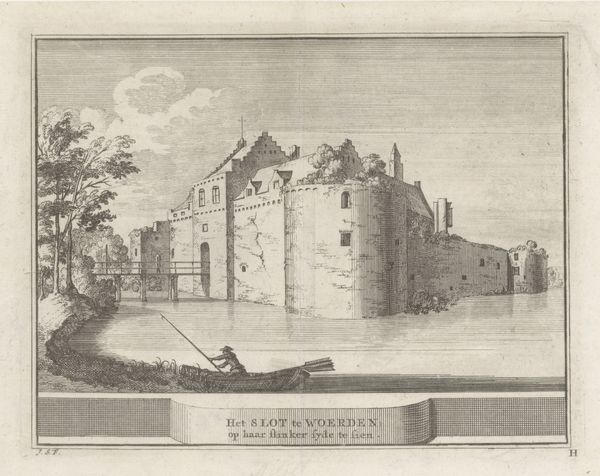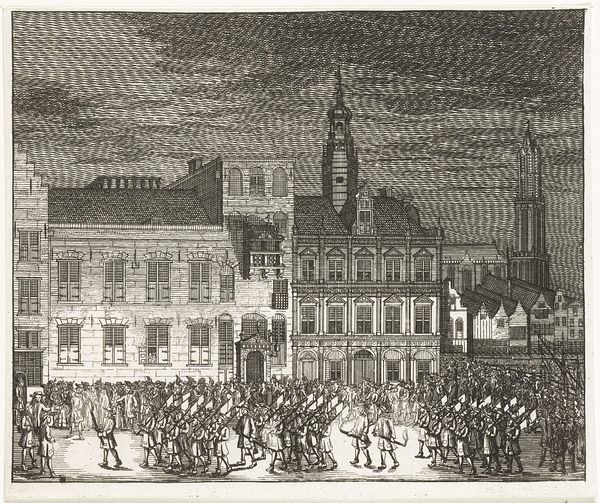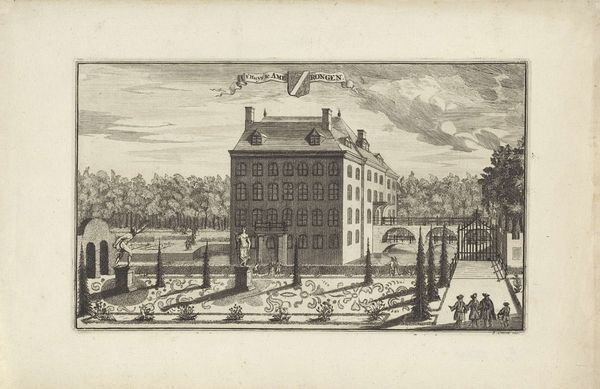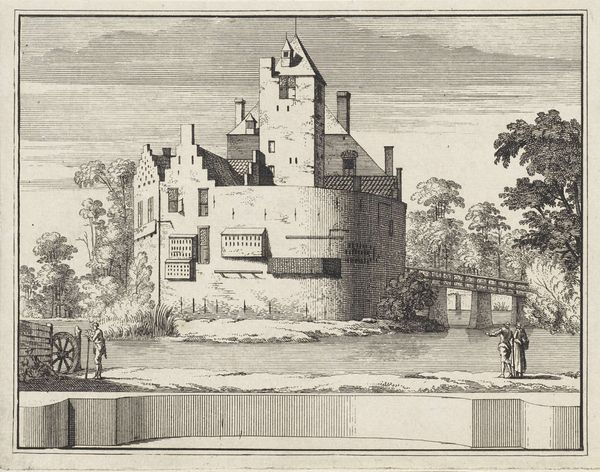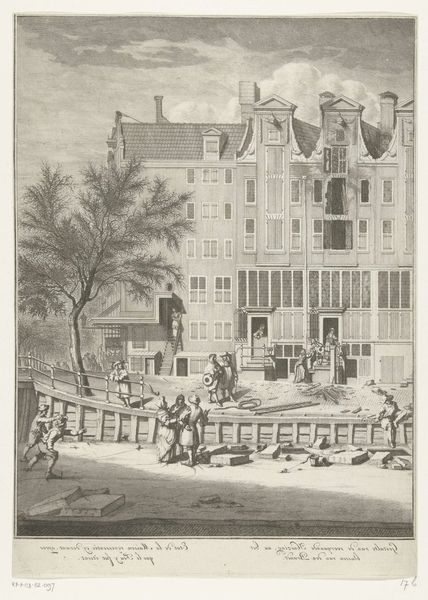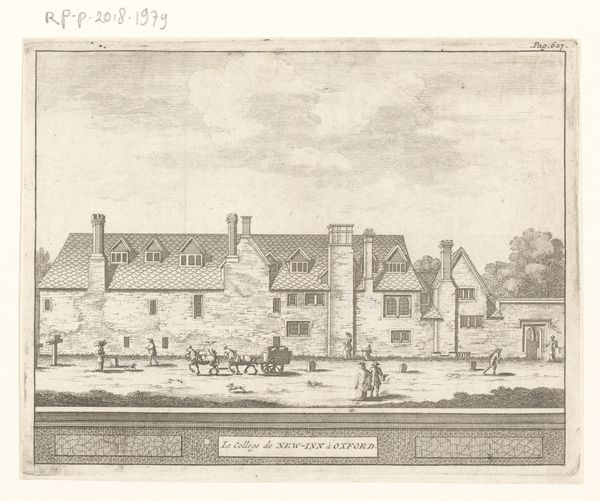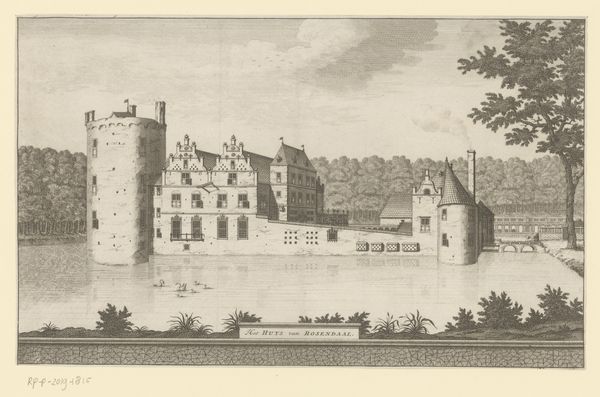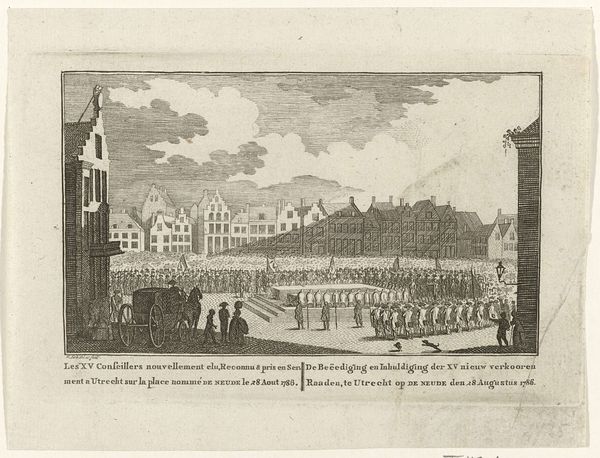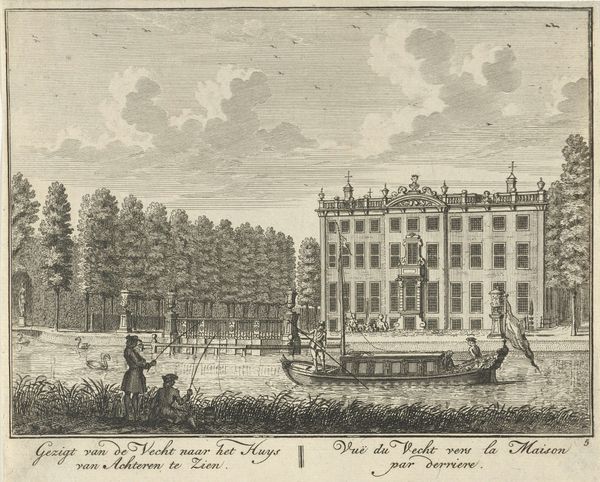
print, etching
#
narrative-art
#
baroque
# print
#
etching
#
landscape
#
cityscape
Dimensions: height 121 mm, width 142 mm
Copyright: Rijks Museum: Open Domain
Editor: This etching from 1714, "Gondelvaart bij avond" or "Gondola Ride at Night," is attributed to an anonymous artist. The material seems to be paper, which gives it this really fascinating delicate and dark atmosphere. I'm curious to know, from your perspective, what specific formal qualities stand out and how do they affect your viewing? Curator: Observe the dramatic interplay of light and shadow, characteristic of the Baroque. Note the artist’s use of line – how etching creates form. Does the density of the lines in the sky and water versus their sparseness on the buildings strike you? Editor: Yes, it does! The way the density and direction of lines defines form and space is so prominent! Like, the controlled lines create architectural shape in the building, and free strokes define the cloud texture... Curator: Exactly. The rigid geometry of the buildings contrasts significantly with the undulating movement of the gondolas. It almost feels staged, doesn't it? Editor: Yes, a bit… stilted perhaps? I find the gondolas in the water almost look more like one long centipede body than several vessels... How might we address this choice as it impacts our appreciation of the composition? Curator: Perhaps it serves to emphasize repetition, the rhythm of the forms, like a musical score? Consider the organization of shapes, how it draws us into the work, following the linear path carved by the procession. What do you notice in terms of balance? Editor: Well, there is something almost like a mirrored rhythm with the building facades versus the bridge, it's asymmetrical but kind of holds together. The lack of traditional perspective makes the piece almost a pattern! Thank you, this makes a lot more sense to me now. Curator: Indeed, thinking of it as pattern, structure, is crucial for understanding. Hopefully, this helps others see this unique piece from an alternative formal lens, and perhaps be unafraid to analyze other works as a means of discovery.
Comments
No comments
Be the first to comment and join the conversation on the ultimate creative platform.

